A group of scientists from India has developed a novel single-source switched-capacitor-based multilevel inverter (SCMLI) topology. The novel SCMLI topology has fewer switches than a conventional H-bridge inverter, and, according to the team, this improves both the technical and financial advantages.
“The main goal is to create a new single-phase system design that uses a switched capacitor technique, allowing the current path conduction to include a small number of power components,” the researchers explained. “For low voltage applications like solar panels, electric vehicles (EVs), and other high-power quality needs, a quadruple boost, nine-level (9 L) inverter is suggested.”
The architecture the group suggests includes seven parallel insulated gate bipolar transistors (IGBTs) switches with diodes, as well as two regular IGBTs. Along with the nine switches, the topology consists of one diode, two capacitors, and an isolated DC source. Using nine operational states, in which capacitors are switched between series and parallel configurations with the source, the system can generate ±1 Vdc to ±4 Vdc.
“The use of an H-bridge in the proposed single-phase multilevel inverter based on a switched-capacitor structure is essential for several reasons: By switching the capacitors in series and parallel, the H-bridge helps in achieving higher output voltage levels from a single DC source without the need for additional power supplies or transformers. The proposed topology with the H-bridge uses fewer components compared to traditional multilevel inverters, which helps in reducing the overall size, cost, and complexity of the system,” they added.
Creating a numerical model of the proposed topology, the researchers have then examined it using MATLAB/Simulink simulations under various load scenarios. Furthermore, PLECS software-based thermal modeling is used to evaluate efficiency and power losses, while hardware-in-loop (HIL) tests were carried out to validate the feasibility of the study and the functionality of the proposed topology. Finally, it was also compared to 16 other topologies from the scientific literature.
“The simulation results indicate that the proposed configuration is suitable for a wide range of loading conditions. The analysis reveals that the proposed design employs minimal components while maintaining an acceptable total standing voltage (TSV),” the team concluded. “Furthermore, overall efficiency of the configuration is evaluated using PLECS software, which estimates losses in the switches. The efficiency of the proposed design is found to reach up to 96.5%. HIL testing is used to validate the efficient operation of the topology, and the outcomes are provided. The results suggested that the proposed design shows elegant results.”
The results were presented in “Single source switched capacitor boosting nine-level inverter for PV applications,” published in e-Prime – Advances in Electrical Engineering, Electronics and Energy. Researchers from India’s Andhra University and Vignan’s Institute of Information Technology have conducted the study.
This content is protected by copyright and may not be reused. If you want to cooperate with us and would like to reuse some of our content, please contact: editors@pv-magazine.com.
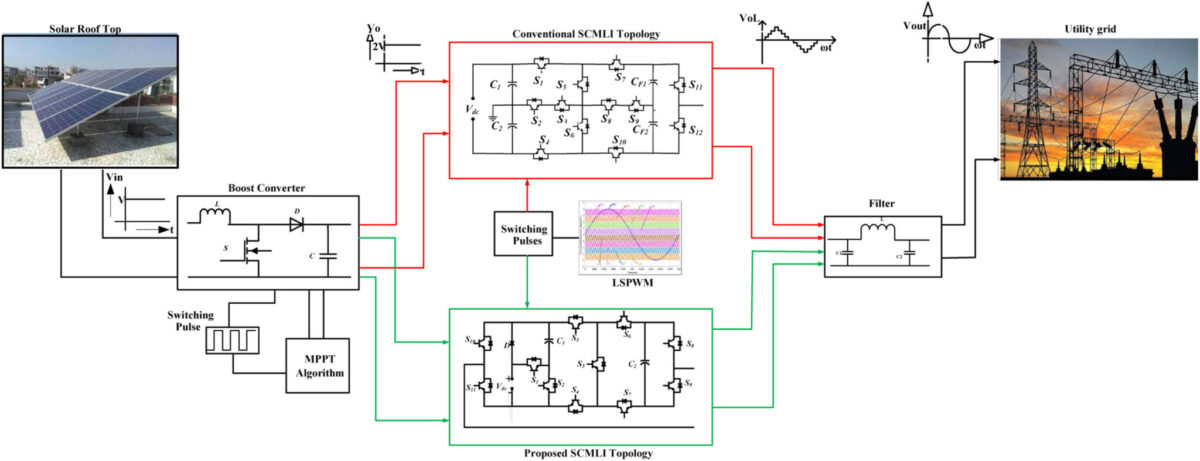
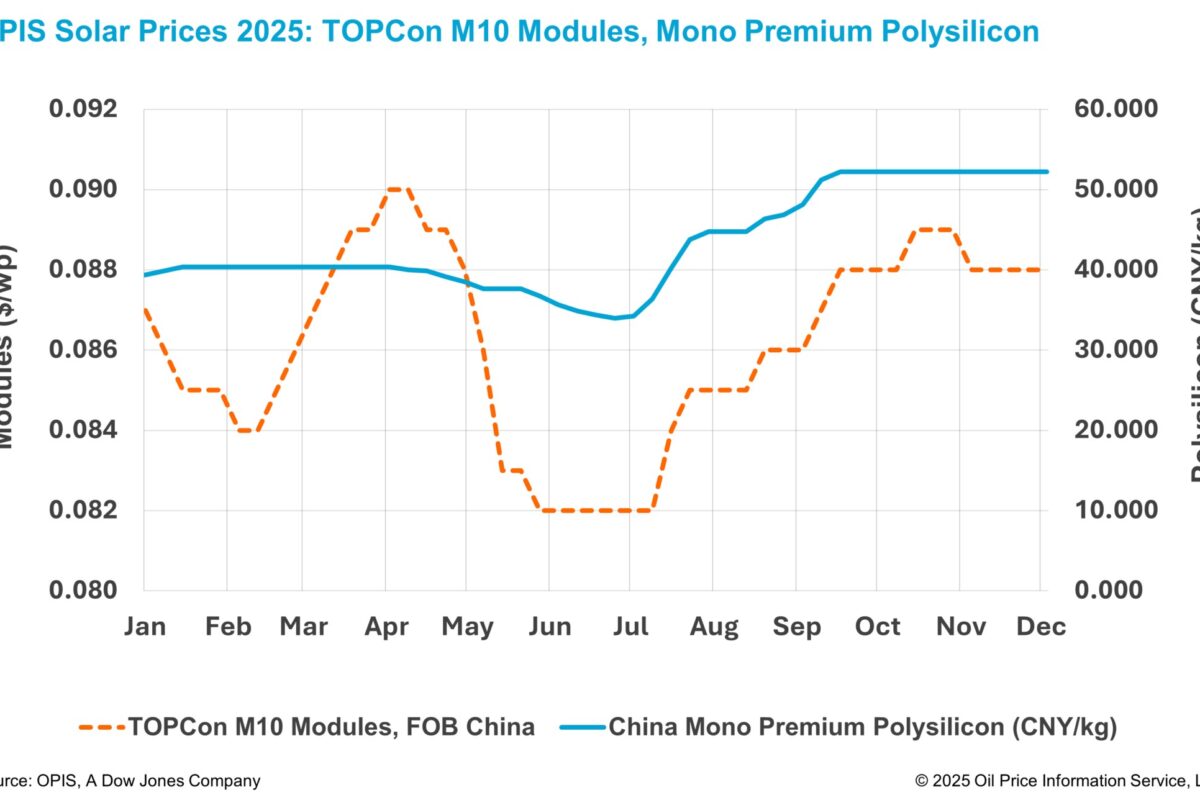

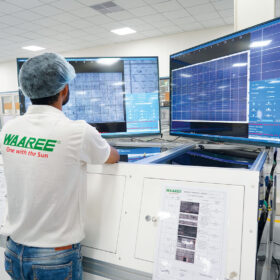
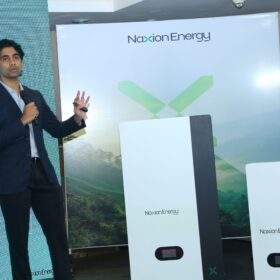

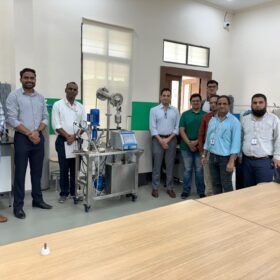
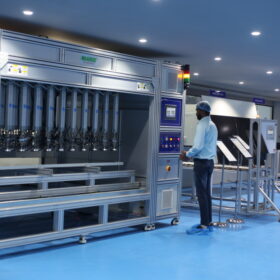
By submitting this form you agree to pv magazine using your data for the purposes of publishing your comment.
Your personal data will only be disclosed or otherwise transmitted to third parties for the purposes of spam filtering or if this is necessary for technical maintenance of the website. Any other transfer to third parties will not take place unless this is justified on the basis of applicable data protection regulations or if pv magazine is legally obliged to do so.
You may revoke this consent at any time with effect for the future, in which case your personal data will be deleted immediately. Otherwise, your data will be deleted if pv magazine has processed your request or the purpose of data storage is fulfilled.
Further information on data privacy can be found in our Data Protection Policy.